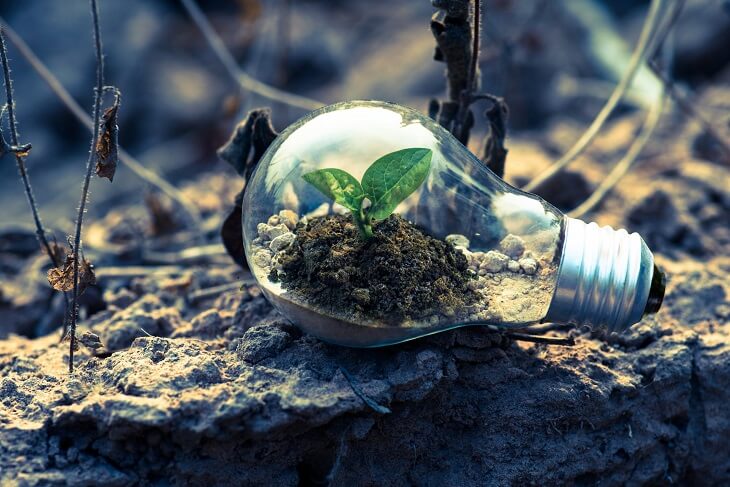
There isn’t any media outlet out there that isn’t promoting the benefits of consumers reducing their carbon footprints by going green. In all actuality, when a million people do the same thing, even if it’s one little thing to reduce energy usage, it can make a huge difference.
HOW TO:
Homeowners looking at how to go about going green and wish to improve their carbon footprint can engage in a few easy projects over the winter that can make a potentially big impact. Two of the biggest energy suckers in your home are your clothes dryer and your water heater. Of course, your furnace almost goes without saying – if it’s ancient – (over 20 years) – replacing it could save you hundreds in energy costs. Many homes in the Northeast are still heated using oil furnaces and the older ones are considered EXTREMELY inefficient.
Looking at other areas in your home to reduce energy could include a ‘back up’ plan for your dryer. One design shows pull out racks with micro mesh that easily fit into a cupboard space or made portable by installing these in a shelving unit. Did you know clothes dryers account for over 6% of the total energy usage nationwide? If you don’t need it right away and it can be dried overnight, think about installing these racks. You’d be amazed at how just this one thing can potentially reduce your energy costs over the year – just by creating another avenue for drying your clothes.

Other going green fun facts include:
- Using a laptop over a desktop – it requires just 1/4 of the power.
- A standard electric stove generates 2.7 pounds of carbon dioxide for one hour of cook time. Use a toaster oven for small cooking jobs; slow cookers generate 0.9 pounds of CO2 in over 7 hours – you can even cook a turkey in them!
- Wrapping your hot water heater with insulation can prevent up to 1000 pounds of CO2 a year out of the upper atmosphere.
- Using cold water when you are able to can save up to 80% of the energy required to wash clothes.
- Programmable thermostats for your heating and air conditioning can save over $150 a year.
- Pipe insulation will help prevent frozen pipes but properly installed. They will hold a hot-water pipe’s heat for up to an hour after the tap was last used; this will also help stretch energy dollars and reduce energy usage.
It’s the little things that add up! Many potential buyers are looking for going green friendly housing when buying real estate these days. There are many advantages to buying homes that have energy saving/updated appliances. If this is one of many things that are important for you, let one of our top performer buyers agents help you find a home with these features. Let us help you get started today by answering a few simple questions here.

